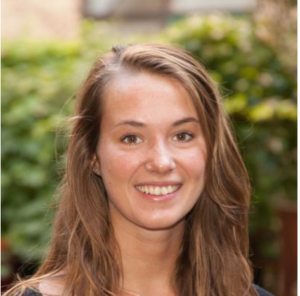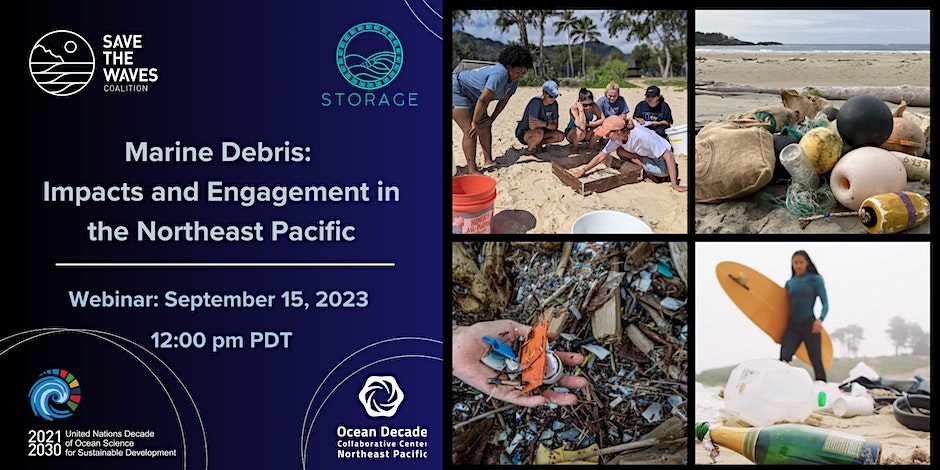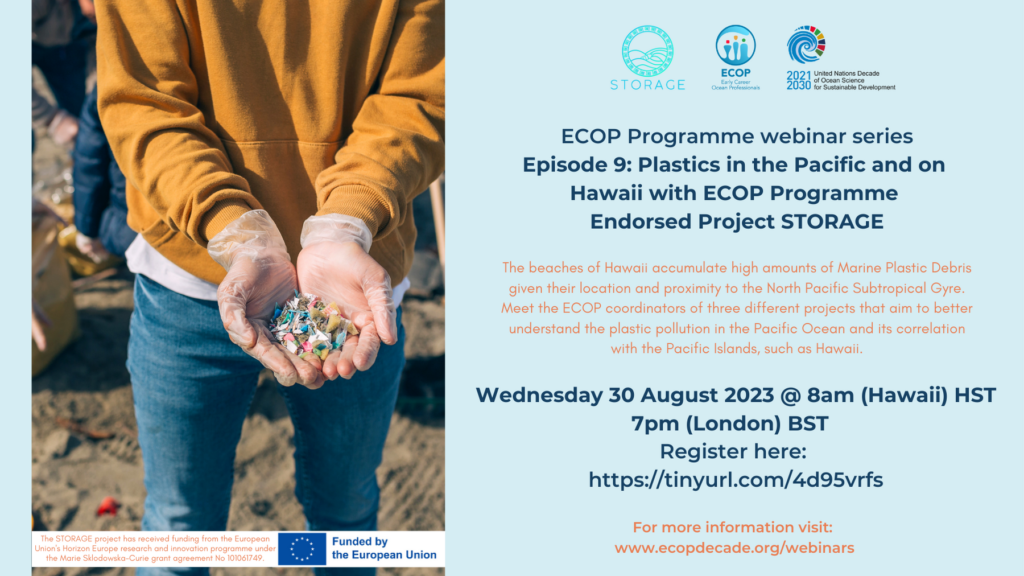STORAGE: predicting the fate of plaSTic On beaches by theiR 3D-distribution and weAtherinG procEsses
Photo credit: Sarah-Jeanne Royer
Vision
STORAGE is an interdisciplinary project which combines chemistry, marine and environmental sciences and numerical modelling through collaborations across geographies, disciplines and sectors.
It stands for: predicting the fate of plaSTic On beaches by theiR 3D-distribution and weAtherinG procEsses.
STORAGE will study the fate (transportation and transformation) of Marine Plastic Debris (MPD) in coastal environments which is predicted to store two thirds of the plastics ever released into the environment, and therefore providing a significant puzzle piece to our understanding of the ‘missing plastic’. This research project suggests a novel approach to better understand the fate (transformation and transportation) of MPD through studying storage capacity and capture & release mechanism of MPD on beaches by repeated field-surveys of surface and buried MPD, and studying the weathering of MPD.
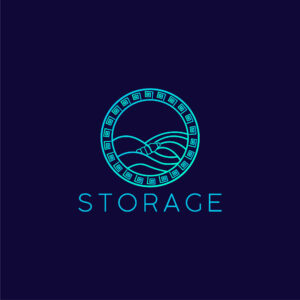
Mission
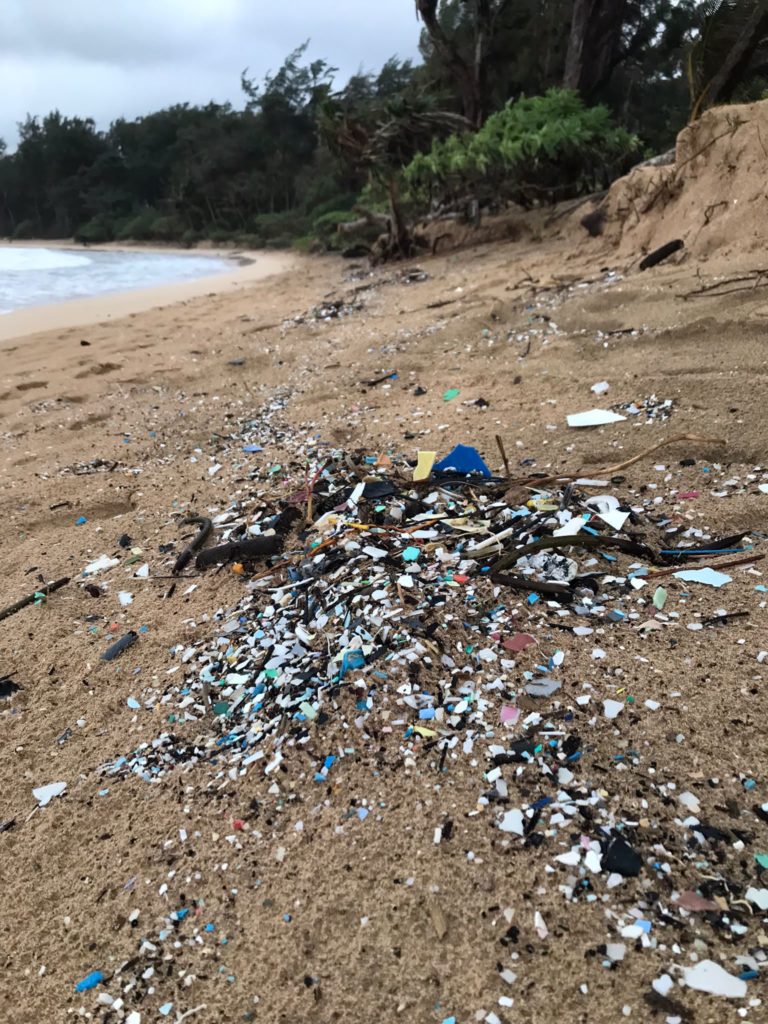
Kokololio beach in Lāʻie
The research, training skills and knowledge exchange within STORAGE will be facilitated through stays at the Center for Marine Debris Research, (CMDR) at Hawaii Pacific University (HPU) in the U.S., Cycle de Vie des Polymères (CVP) group at Clermont Auvergne INP in France and a secondment at the Research Team at The Ocean Cleanup office in the Netherlands. This collaboration is also strategic in terms of reaching a variety of target audiences and end users from policy, industry, science and society sectors, for which we will use tailored dissemination, communication and engagement tools (e.g. organisation of public beach clean-ups, scientific workshops and use of social media).
As of 1 September 2023, the official lead institution for STORAGE will change from Clermont Auvergne INP to the French Research Institute for Exploitation of the Sea (IFREMER) in France.
In addition to the communication activities to the wider public: training and supervision of master students, interns and volunteers at the CMDR, The Ocean Cleanup and CA-INP for field-surveys, lab analyses and data processing of MPD will also contribute ocean literacy on plastic pollution in different geographical and multidisciplinary sectors, across age, gender and cultures.
The research plan is to fill in current knowledge gaps in Marine Plastic Debris fate (transportation and transformation), and consequently provide scientific evidence to guide mitigation strategies, clean-up technologies and decision making within the present and future legislative measures against plastic pollution prompted by the EU and global agreements.
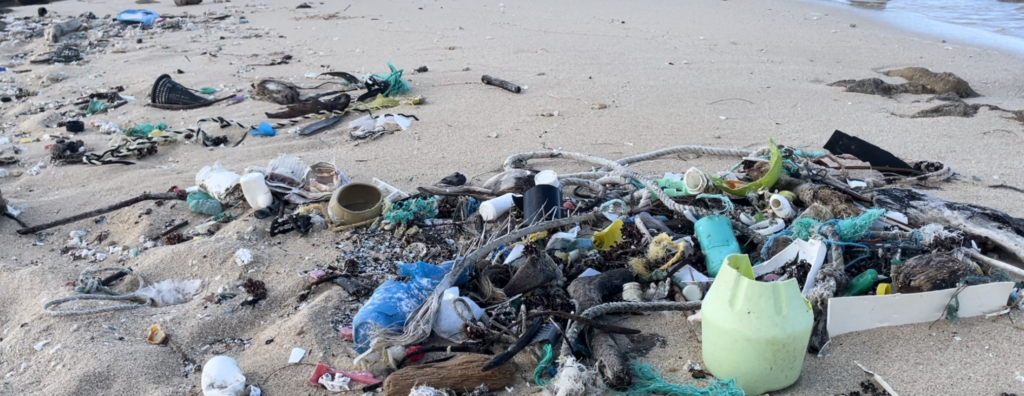
Kahuku beach in James Campbell
Goals and objectives
Main Objective: To better understand the fate (transportation and transformation) of MPD on beaches.
Objective 1: Compare distribution and concentrations of MPD on the surface and in the sand column of Hawaiian beaches.
Objective 2: Assess polymer transformations upon weathering in different accumulation zones on the beaches.
Objective 3: Use changes in temporal field-surveys of MPD and polymer weathering studies to model the MPD capture and release of Hawaiian beaches.
Future Actions and Deliverables
Deliverables for Objective 1:
- Produce a reproducible protocol for field sampling surface and buried MPD on Hawaiian beaches
- Complete dataset from field sampling of MPD.
Deliverables for Objective 2:
- Produce a robust protocol for the analysis of polymer degradation on beaches.
- Dataset for weathering processes for MPD on beaches.
Deliverables for Objective 3:
- Create a dynamic 3-dimensional map of MPD in Hawaiian beaches
- Create a “Capture & Release” numerical model.
Communication & dissemination deliverables:
- Knowledge transfer to scientific audience: presentations at conferences, peer-reviewed articles and dataset uploads on OpenAccess online repository.
- Knowledge transfer to general public: beach clean-ups, outreach events, media articles on partner websites.
- Organisation of scientific workshop.
Recorded Events
Watch the recording of the webinar held on September 15, at 12:00 pm PDT to delve into the impacts of marine debris, from microplastics to monitoring, in the Northeast Pacific region.
The Ocean Decade Collaborative Center for the Northeast Pacific, STORAGE, and Save the Waves Coalition are hosting this ECOP specific session to dive into the topic of marine debris in the Northeast Pacific region, including transoceanic trash, ocean plastics, ghost gear, and beach-cast litter. We will review ongoing shoreline clean-up efforts, as well as the distribution and settlement patterns of microplastics, and how collaboration and community involvement can help with monitoring and remediation.
In this webinar, the ECO Programme features three different projects – including STORAGE – that aim to better understand the plastic pollution in the Pacific ocean and its correlation with the pacific islands, such as Hawaii. The three projects are connected by the Center for Marine Debris Research and presented by ECOPs: Astrid Delorme (Coordinator of ECOP Programme endorsed project STORAGE), Brittney Lockett and Katie Stevens; who are all at different stages of their careers, having followed very different career paths.
Recorded Events
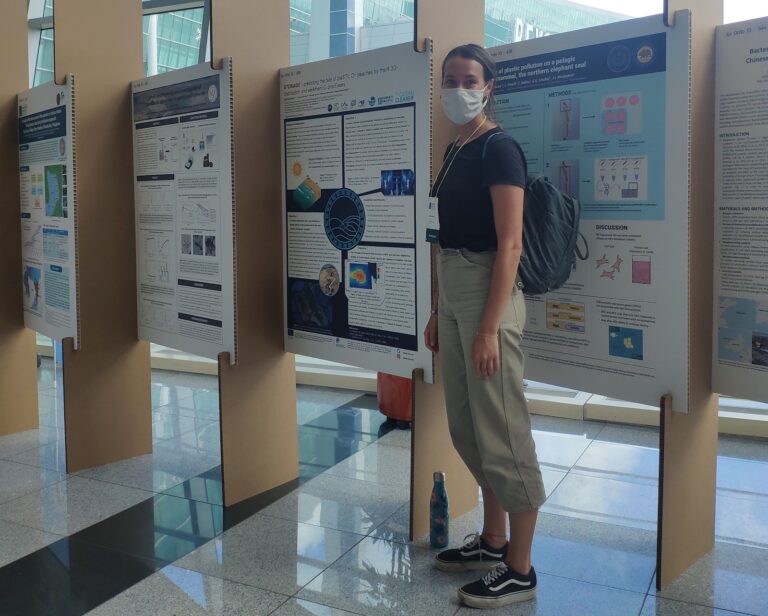
Presentation at 7th International Marine Debris Conference (7IMDC) in Busan, South Korea (18 – 23 of September 2022).
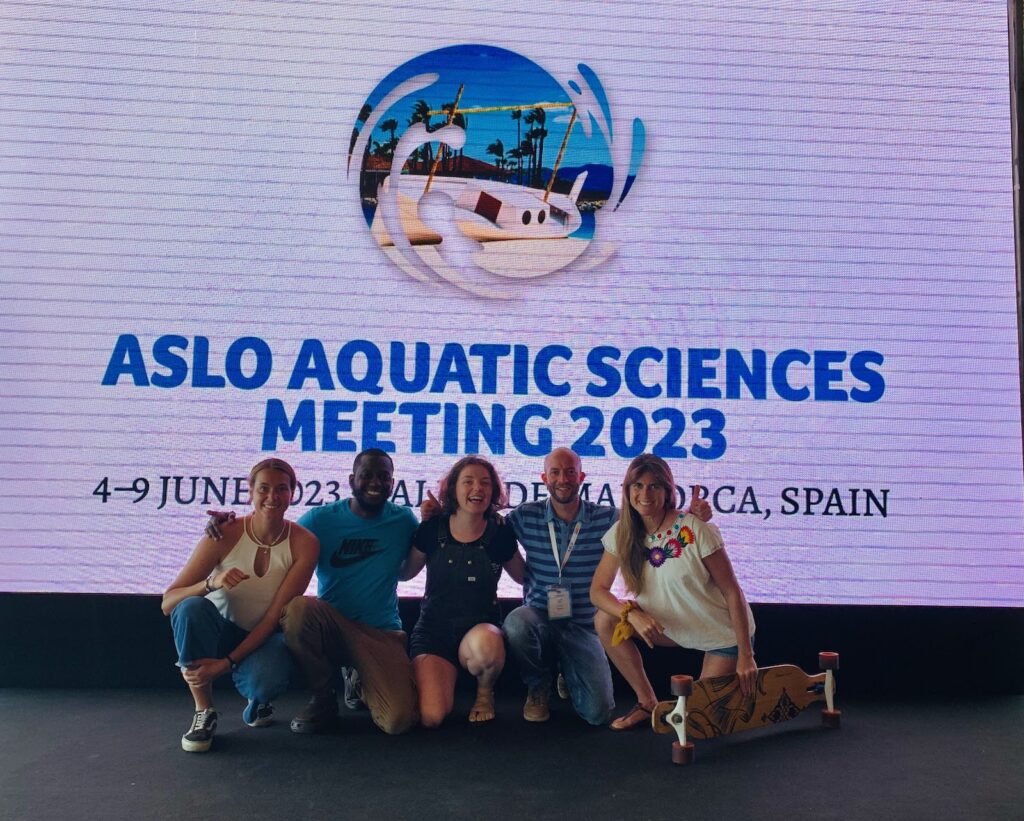
Presentation at ASLO Aquatic Sciences Meeting in Mallorca, Spain (4 – 9 of June 2023).
Contact
For any questions or enquiries, please contact:
- Astrid Delorme: a.delorme@theoceancleanup.com
- Instagram: @astridelorme
- Twitter: @astridelorme
“This communication is part of the STORAGE project that has received funding from the European Union’s Horizon Europe research and innovation programme under the Marie Sklodowska-Curie grant agreement n°101061749.”
